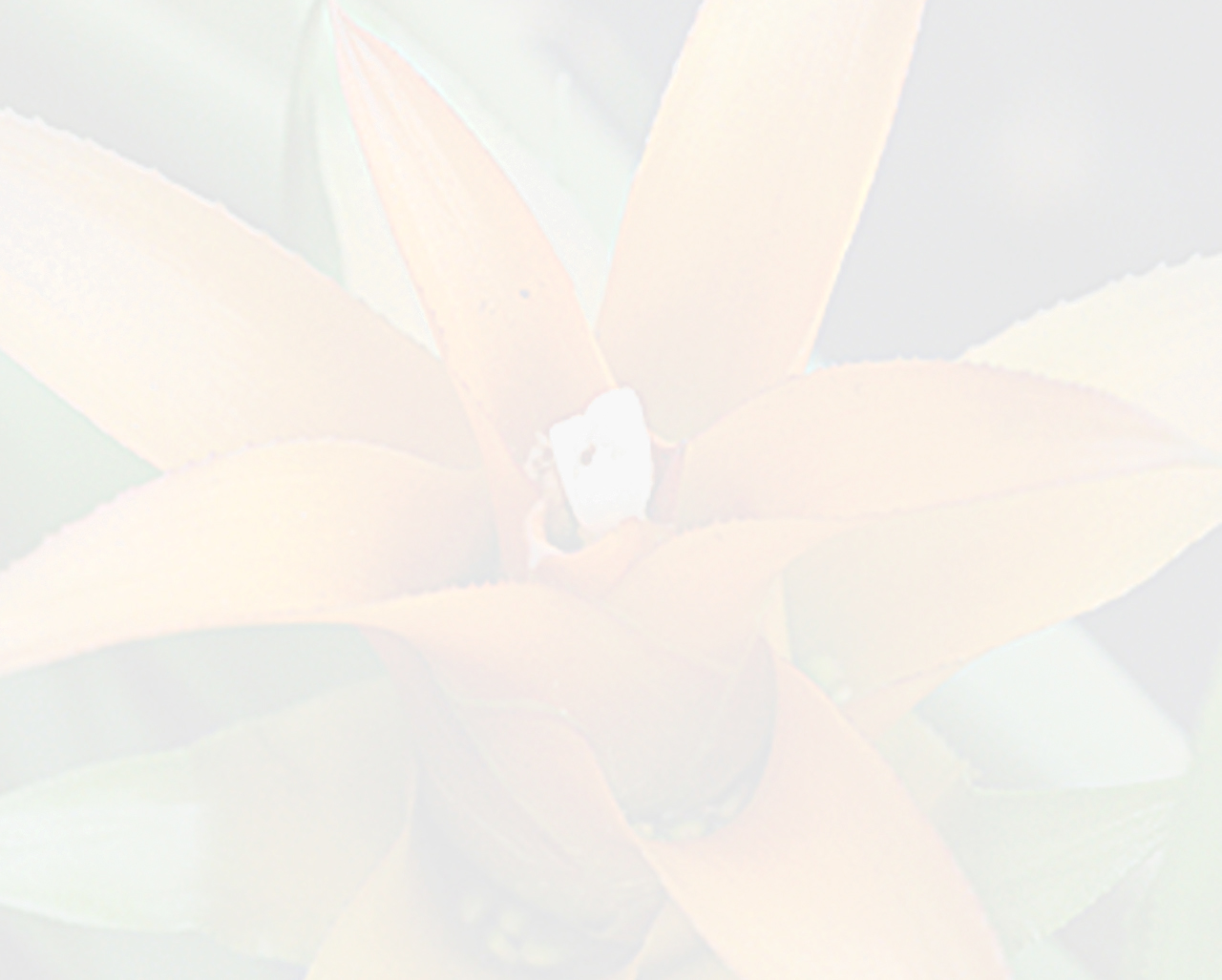Canistropsis seidelii (L.B.Sm. & Reitz) Leme
Taxonomic Change:
Literature references:
*move your mouse pointer over the page numbers to see comment
Comments:
- DISCUSSION
The sub cylindrical inflorescence is the most striking feature of this species and makes it easy to distinguish from the other taxa of the genus. Morphologically, it is most closely related to C. billbergioides. Besides the unique inflorescence shape, other traits that distinguish C. seidelii include its stoutness, leaves with a broadly acute apex, very wide primary bracts which are better able to retain water, larger flowers and much wider sepals.
As in C. billbergioides, there is a slight color variation in the primary bracts of C. seidelii, which may be greenish, reddish or yellow; the latter color predominates (see also the specimen depicted by Mee: 101.1992).A herbarium specimen with dark red primary bracts is deposited in the Barbosa Rodrigues Herbarium. This specimen was collected by Seidel (571) and contains the inscription "var. welteri Reitz.", but the varietal name is not valid because it was never published. Even if it had been published, it would be listed as a synonym because this color falls within the normal variation of the species.
Canistropsis seidelii is endemic to northern Sao Paulo state, primarily in Ubatuba municipality, extending to the border region with Rio de Janeiro (Parati municipality). It is basically an epiphyte in the lower stratum of the Atlantic forest, from sea level to altitudes around 500 m. It flowers from July to December and is protected in the Bocaina National Park and in the Picinguaba nucleus of the Serra do Mar State Park —See Leme 1998

